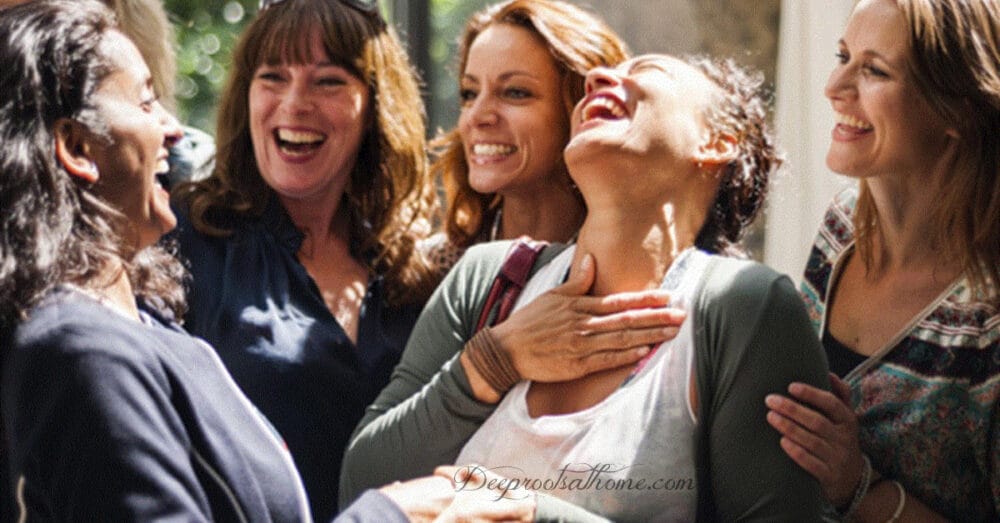
Questions have been coming in about mammograms since we’ve recently seen a global increase in breast cancers (actually all cancers).
[So today, healthcare practitioner Julie Formby from Your New Vitality gives us factual insight – because we both want you to thrive. Please read to the end.]
It almost seems unpatriotic or sacrilegious to say that I don’t support “Pinktober,” but I think we all are pretty much AWARE of breast cancer; however, we are still clueless about how to PREVENT and CURE this devastating disease. I’m 44 years old, and well within the recommended age for a mammogram according to these recommendations by the National Cancer Society. My grandmother died of metastatic breast cancer 16 years ago. Several close relatives have had malignant growths removed from their breasts, and like me, they are estrogen dominant. None of these women, nor have I, been tested for the BRCA mutation, so the cards may be even more heavily stacked against us than we know.
But in spite of my family history, I have never had a mammogram, nor do I plan to have one. Am I sticking my head in the sand and living in denial that breast cancer is a real threat? Absolutely not! “October is Breast Cancer Awareness Month, which is an annual campaign to increase awareness of the disease.” (1) But unlike cancer organizations in America, wholistic practitioners like myself take an informed position that prioritizes prevention first, detection second, and treatment last. I believe that Ben Franklin was right when he said, “An ounce of prevention is worth a pound of cure.”
As I begin to explain my personal approach to breast cancer prevention in further detail, please hear my heart: I am not condemning anyone who has chosen differently– it is a very personal choice. I am also not giving medical advice. Nor do I want to deny the validity of traditional medical care in certain situations. My intent is to provide a sensitive, yet fact-driven perspective on this issue.
1. Mammograms are unreliable in detecting breast cancer:
The following limitations are listed under Point #4 right on The National Cancer Institute webpage:
A. False Negatives– up to 15% of cancers are missed by mammography for women with normal density breast tissue, while women with dense breast tissue are four times more likely to develop breast cancer, and incredibly mammograms miss 40% of breast cancers in these cases. (6)
B. False Positives– Archives of Internal Medicine published a meta-analysis of 117 randomized, controlled mammogram trials which found rates of false-positive results to be 20% to 56% after 10 mammograms. Now, for every $100 spent on screening, an additional $30 to $33 is spent to evaluate false positive findings. In the Medicare population, the workup of false-positive mammogram results is estimated to total $500 million a year. (7) The additional testing after an abnormal mammogram typically involves specialized mammography views or ultrasound (why not start here with this less risky procedure?– more about ultrasound later), but it may also include a biopsy. (8)
C. Over-diagnosis & overtreatment– a 2011 meta-analysis by the Cochrane Database of Systemic Reviews revealed that mammography breast cancer screening led to 30% over-diagnosis and overtreatment, which equates to an absolute risk increase of 0.5 percent. (2) Some of the cancers found through mammography could have safely gone undetected without affecting the woman’s life or health. (3) The New England Journal of Medicine noted that breast cancer was over-diagnosed in 31% of breast cancer cases.
D. Dr. Ray Peat agrees that over-diagnosis is a great concern, “The extensive use of mammograms has increased the diagnosis of ‘ductal carcinoma in situ’ {DCIS} by more than 1000% (a 16- or 18-fold increase in some hospitals, and is expected to double in the next decade), increasing the number of mastectomies and other treatments, but the increased treatments and early diagnosis haven’t produced any visible change in the death rate.” (4) The National Cancer Institute admits that “because doctors often cannot distinguish cancers and cases of DCIS that need to be treated from those that do not, they are all treated.” (5) Did you catch that?
Given these well-known facts and figures, second to breast self-exams, the medical community still recommends annual mammograms for women over 40, despite revised guidelines set forth by the U.S. Preventive Services Task Force in 2009 that now recommend mammograms only for women over 50.(9) I don’t know about you, but this defiance raises both anger and suspicion within me.
2. Mammograms are part of a system that profits from disease vs. wellness
If the profits from additional procedures due to false-positive mammogram readings are not enough to convince you that cancer is big business, check out this article about Susan G. Komen for the Cure. Don’t be “pinkwashed!”
Once a person is diagnosed with cancer, treatment ranges between “$100,000 to $200,000 a year to extend life for an additional three to six months,” according to Dr. David Chan, MD, Oncologist which, “may be very important to those individuals with cancer, but are a very poor return on investment for society.” (10) According to Dr. Margaret Cuomo in her book A World Without Cancer, “The National Cancer Institute has spent some $90 billion on research and treatment. Some 260 nonprofits in the United States have dedicated themselves to cancer – more than the number established for heart disease, AIDS, Alzheimer’s and stroke combined. Together they have budgets that top $2.2 billion.” (11)
Even after all of the money spent, Dr. Brownstein warns that, “We are not winning the war on cancer…. conventional cancer treatments have been a dismal failure, particularly when the initial cancer returns —often with a deadly vengeance.” (12)
This is because “DNA-damaging cancer treatment coaxes fibroblasts to crank out a protein called WNT16B within the tumor neighborhood, or microenvironment, and that high levels of this protein enable cancer cells to grow, invade surrounding tissue and resist chemotherapy.” (13)
So cancer treatment appears successful at first, then ineffective when cancer returns. In fact, “the overall average was a 2.1% improvement in five-year survival rate compared with not using chemotherapy at all.” (14) Life is extended a miniscule amount at great cost to both the quality of life for the patient and financially.
3. Mammograms expose breasts to cancer-causing radiation
Adding insult to injury not only has cancer research and treatment failed to reduce the incidence of cancer in the U.S., but mammography screening actually contributes to breast cancer, and the medical establishment knows and acknowledges this fact: “Radiation is a known cause of breast cancer. Researchers in recent years have become concerned about radiation exposure from medical imaging, particularly CT scans. A 2009 analysis estimated that CT scans cause about 29,000 cancers and 14,500 deaths a year.” (16) Ray Peat, PhD explains, “Estrogen and ionizing radiation are the most clearly documented causes of breast cancer. Their excitatory effects lead to inflammation, edema, fibrosis, and interruption of intercellular regulatory processes.””(17)
And it only gets worse. A new three-dimensional CT scan/ mammogram has been developed called 3-D tomosynthesis which still requires mechanical compression and actually exposes women to even HIGHER doses of radiation than standard mammograms! They also still recommend you continue to receive your traditional 2-D mammogram, further multiplying radiation exposure. (18)
4. Mammograms are not preventive
“A 2003 survey found that many American women harbor the misconception that mammography can actually prevent breast cancer from occurring. ‘Screening’ is not synonymous with ‘prevention’; mammography reduces the risk of death only by finding breast cancer early.”(19)
So, if conventional methods of detection, treatment and prevention of breast cancer through mammograms are ineffective, what’s a girl to do?
Let’s start with some facts about cancer from this video by America’s foremost holistic health practitioner, David Brownstein, M.D.:
- What is cancer? Healthy cells have a pre-determined life cycle, dividing several times before they die. This programmed cell death, or apoptosis, is skipped by abnormal cancer cells and they instead proliferate.
- Everyone has an influx of cancer 6-9 times throughout lifetime, but overall health is the determining factor for if it will take root or not.
- 1 in 3 Americans will be diagnosed with cancer in their lifetime (1.8M new cases expected this year – and this was written in 2015)
- Cancer patients die from cachexia, or starvation, because cancer consumes all of the body’s fuel. NOTE: If you do find yourself with cancer, you can combat cachexia naturally.
In a recent patent application by the US government, (when they attempted to patent Dr Burzynski’s antineoplastons – which were already patented!), the US government even admitted, “Current approaches to combat cancer rely primarily on the use of chemicals and radiation, which are themselves carcinogenic and may promote recurrences and the development of metastatic disease.” What is wrong here?
By contrast, true prevention involves dietary and lifestyle practices that promote health by boosting natural immunity and reducing exposure to harmful substances. Here are the basics:
- Optimize your nutrition & avoid the SAD Diet which includes:
- Simple carbs
- Added sugars
- Refined salt
- Bad fats
- Unfermented, processed soy products
- Artificial sweeteners
- Deficient in nutrients, especially IODINE
- Low in fiber
- Dehydration
- pH imbalance
- Reduce exposure to negative environmental factors
- Balance hormones
- Correct methylation defects
- Optimize sleep
- Manage stress
- Optimize oxygenation
- Cleanse & detox
- &
- Utilize light therapy
- Seek alternative cancer treatment clinics
Also, check out this excellent resource: Better Breast Health for Life! for even more specifics about breast cancer prevention and screening.
Holistic Breast Cancer Detection:
- Breast Self-Examination– In the vast majority of breast cancer cases, it is often discovered by the patient themselves as a lump in the breast – which just illustrates the value of breast self-examination. What are you feeling for? Most explanations are not clear– they tell you how to do an examination, but they don’t detail the difference between a normal lump and abnormal one, so I found myself wondering if I could really detect a problem. If you’re like me and still have monthly cycles, your breast tissue changes throughout the month with the tissue being the most soft and pliable just after menstruation. Around ovulation (Day 14), you may notice more of a lumpy texture to the tissue. These lumps can be worrisome, but if they disappear or change throughout the month then that is a good sign they are simply normal, healthy breast tissue. BreastCancer.About.com describes three kinds of benign breast lumps, of which 9 out of 10 are benign (20):
- Cysts– feel smooth and squishy, like a water balloon; can be located near the surface, or deeper inside, close to your chest wall.
- Fibroadenomas–a round breast lump, can be hard or firm; can be moved around during a breast self-exam; can be located near the surface of the breast and are easily felt.
- Pseudo-lumps–can feel quite hard and usually doesn’t change shape or size during a menstrual cycle; may or may not be movable, depending on what it is actually composed of; can be located near the surface, or deeper inside the breast, close to the chest wall.
By contrast, “A malignant breast lump will have an irregular shape (not round) with a pebbly surface, somewhat like a golf ball. It will be very hard, like a slice of raw carrot. It may not be movable during a breast self-exam, but since tissue around it may move, it’s sometimes hard to know if the lump is moving, or if healthy tissue around it is moving.” (21) If you are ever unsure, schedule a clinical breast self-exam with a trusted practitioner. Similar to a breast self-exam, a clinical breast exam performed by a healthcare provider is recommended every three years for women 20-39 and annually for women starting at 40. (22)
- Lab work– you can order your own bloodwork without a doctor and insurance
- Female Comprehensive 28 Day Panel-Sabre Sciences KIT (Saliva Panel)— $389 (SAVE nearly $200 off retail of $579), measures all female hormones over the course of one menstrual cycle to give an accurate picture of what the body is doing over time vs. a “snapshot” as in a single blood draw
- CBC— only $29, measures the levels of various cells in the blood related to health & disease, including cancer
- Tumor Markers for specific cancers (See #5)– order specific tests here
- Ultrasounds, MRIs, and Infrared Thermography– Did you know high-tech alternative options are available that do not radiate your breasts? The additional testing after an abnormal mammogram typically involves specialized mammography views or ultrasound— why not start with a less risky procedure such as an ultrasound or sonogram? Because the great majority of lumps found on mammography are not cancer, many women have an ultrasound after an abnormal mammogram to see if what they have is a trivial fluid-filled cyst or a potentially serious solid mass. Ultrasound is not degraded by dense breast tissue. On the other hand, it finds a great many noncancerous lumps, so women who undergo this regimen have many more unnecessary biopsies than those screened with mammography alone.
Takeaway: don’t rush into biopsies. Seek the advice of a trusted healthcare provider, and use multiple technologies to assess breast health before undergoing an invasive procedure such as biopsy. Breast magnetic resonance imaging (MRI) finds many more cancers than mammography does but also suffers from high rates of false positives. MRI is relatively expensive and, it’s recommended only for women at extremely high risk of breast cancer (for example, those who have the BRCA1 or BRCA2 genetic mutations). Plus, MRIs using toxic gadolinium contrast add to your toxic load.
Personally, I alternate between ultrasounds and thermograms every other year. Thermal imaging uses infrared light to detect early warning signs which may warrant further evaluation to determine the cause of the excess heat being emitted to the skin’s surface. This heat may indicate:
- Inflammation
- Infection
- Excess vascularization (as in cancer)
- Hormonal imbalance
- Lymphatic congestion
- Other issues not typically visible by most other tests
Thermograms measure temperature differences between breasts to determine abnormalities. I had a full body scan done during my last thermogram, and it revealed excess heat in my right cheek, indicating a possible infection of a tooth or sinus cavity. I addressed this heat using herbs of course, and I continue to monitor it using my ZYTO biocommunication software.
As well, the upper inner quadrant of my right breast measured at a higher temperature than my left side, so further evaluation was warranted. I worked on getting my lymphatic system flowing and used anti-inflammatory herbs and essential oils.
For more information about thermography including additional comparative images and analyses from one visit to the next, check out the Breast Health & Preventive Education Center website.
Julie Formby is a women’s healthcare provider utilizing live & dry blood analysis, discount online lab tests, hair tissue mineral analysis, and more. See her services here.
Mammograms and Your Risk of Cancer
If this blog has been helpful, please comment below. I welcome your feedback! Questions?
***For My Master email and the FULL PROTOCOL (including NAC) to protect from transmission from the “V” and to help those who took the “V”, go here.
Deep Roots At Home now has a PODCAST! We are covering everything from vaccines, parenting topics, alternative medicine, and I just gave my testimony of abortion and assisting in abortion. Head over today and like, share and download a few episodes! https://buff.ly/3KmTZZd
I am only on FB now by the grace of God… If you want to stay connected, here is one way…

You can also find me on Instagram, MeWe and Telegram.
Medical Disclaimer: I am no longer a practicing medical professional, and I am not doctor. I am a mother. I do seek scientific confirmation of the safety and effectiveness of the herbs and remedies I use. Using remedies is a personal decision. Nothing I say on this blog is intended to treat or prevent disease. Consult your own doctor.©2024 Deep Roots at Home • All Rights Reserved
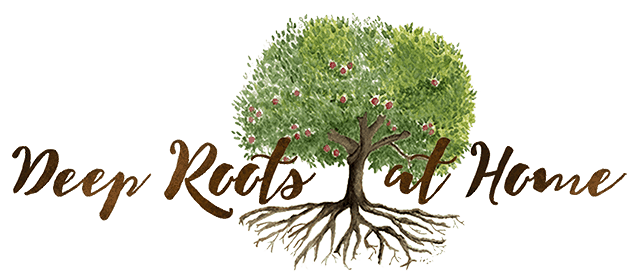

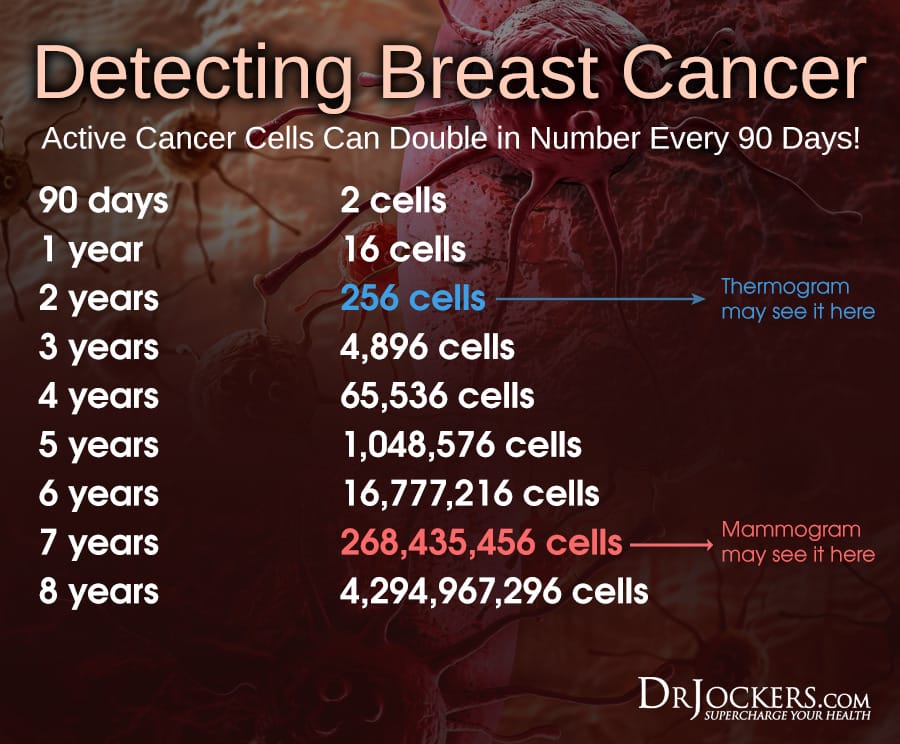
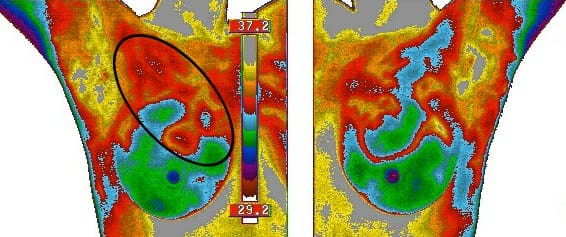
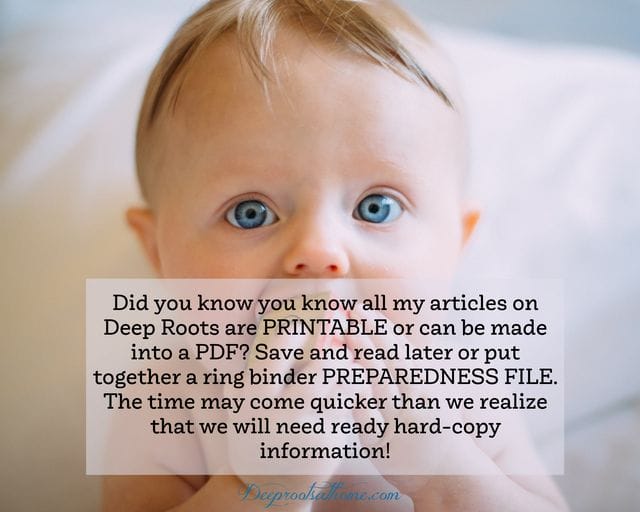

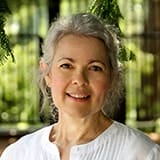



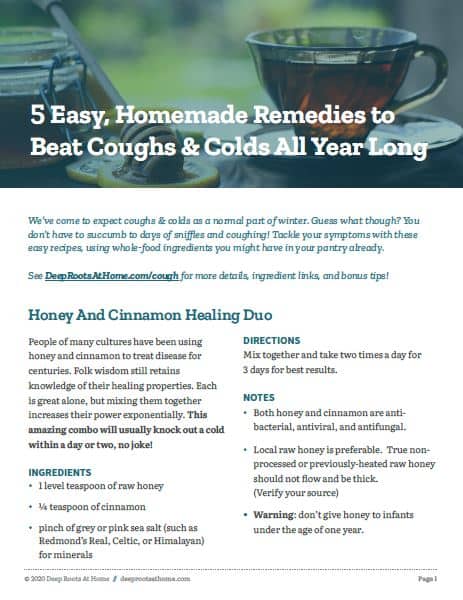

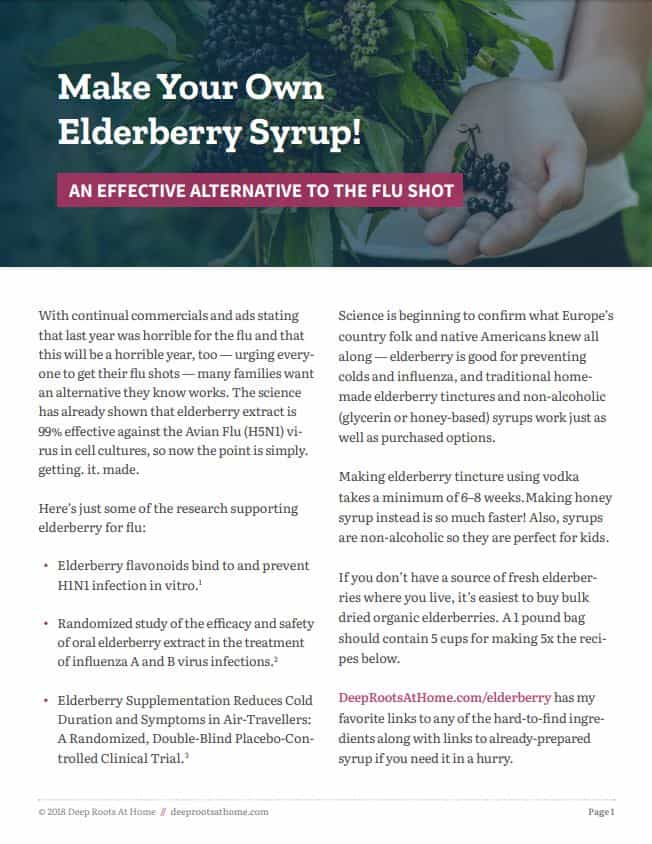



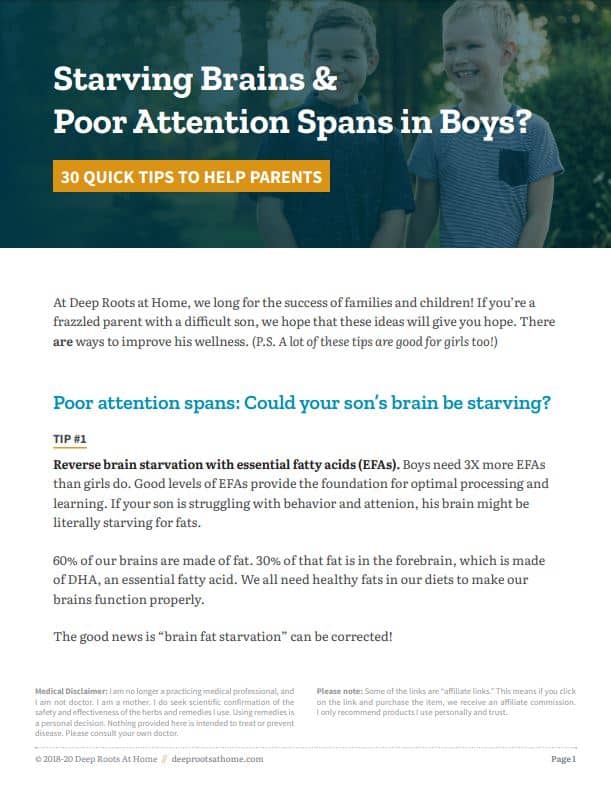
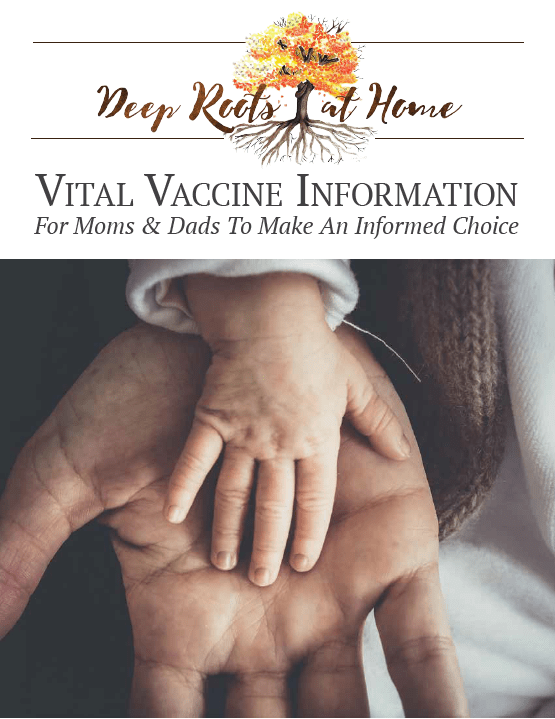

Related